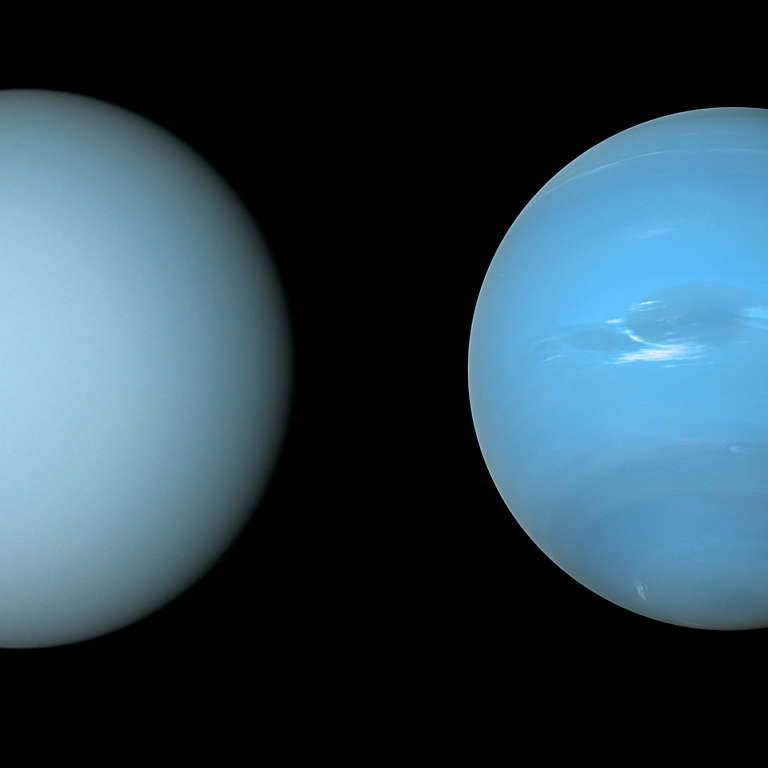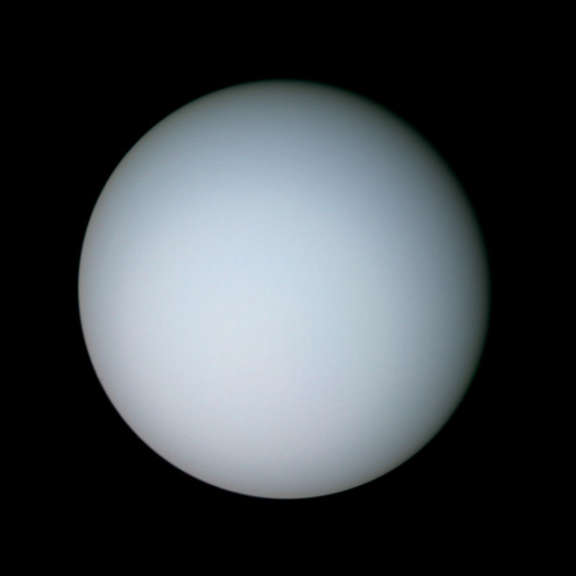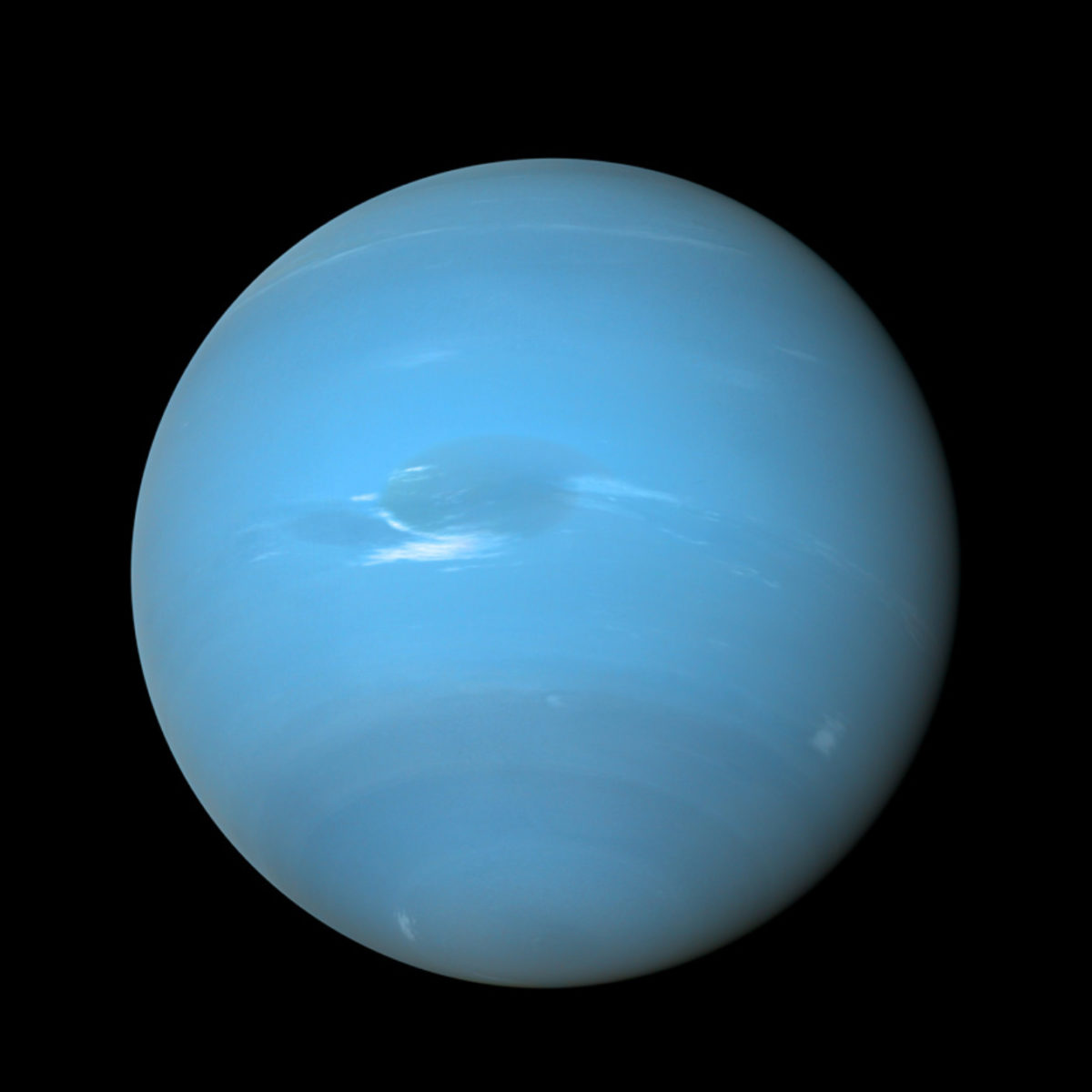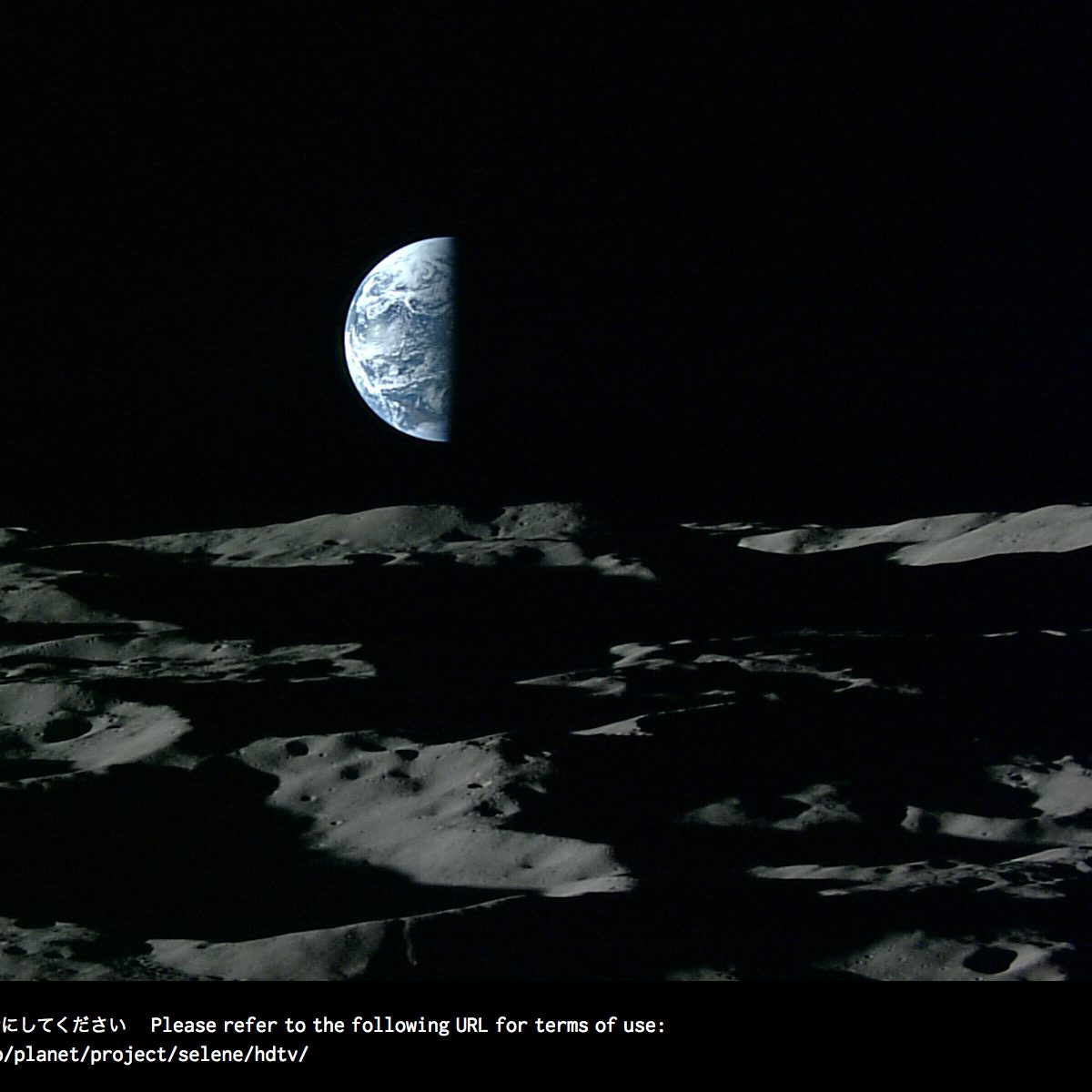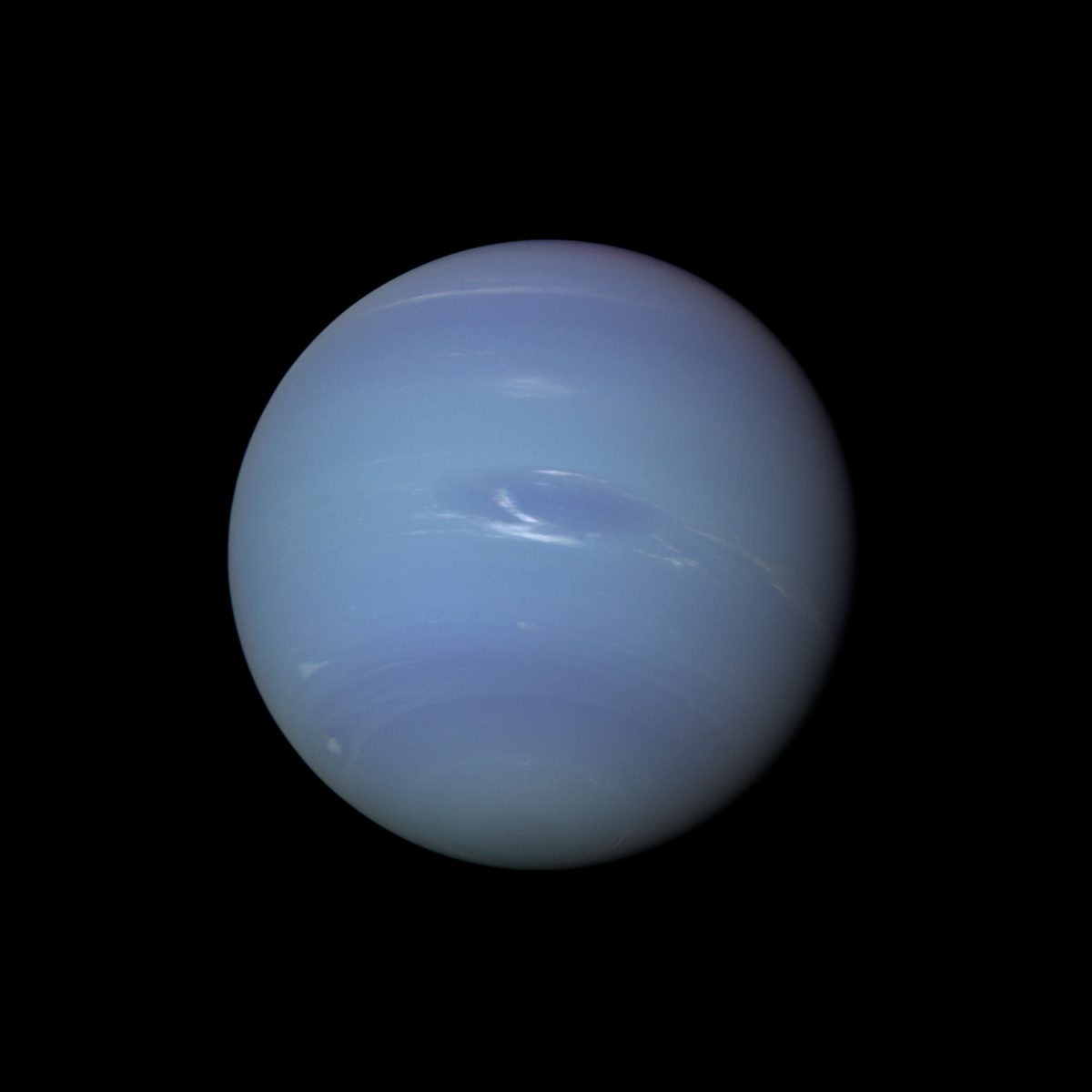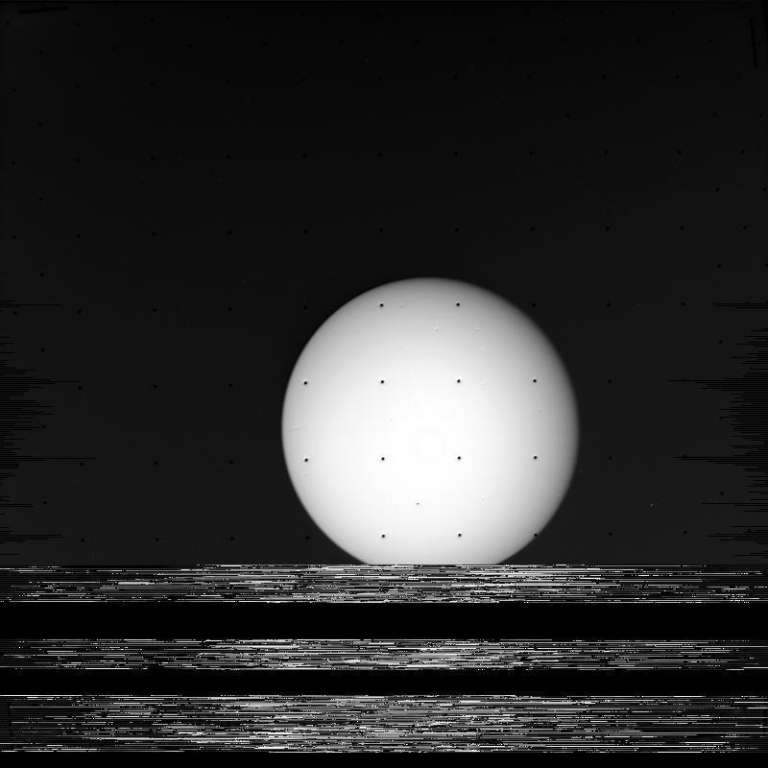All
All
Stories, updates, insights, and original analysis from The Planetary Society.
How Uranus and Neptune are key to unlocking how planets form
A flagship mission to the ice giants — Uranus and Neptune — will forever change our understanding of the origin and evolution of our solar system.
Planetary Science Decadal Survey: After the Red Planet, an Ice Giant
After completing Mars Sample Return, Uranus should be the target of NASA's next major planetary mission, according to a major new report by the National Academies of Sciences.
The best space pictures from the Voyager 1 and 2 missions
NASA’s Voyager missions provided an unprecedented glimpse into the outer solar system.
Return to Neptune? The plans to send an orbiter to the elusive planet
Is it time NASA sent an orbiter to study the other blue planet in our solar system? Proposals for missions to study the ice giant planet Neptune and its mysterious moon Triton have been on NASA’s to-do list for over a decade, but until now nothing has happened.
The far reaches of the solar system and beyond
Take a look at distant worlds, far-out views of the cosmos, and even some remote possibilities with this week’s scoop on space news and solar system history.
Solar System History 101
How did our solar system come to be? Why are the planets, asteroids, comets, and other small worlds where they are now?
The Next 10 Years
Six scientists share the major planetary science discoveries of the past decade, and the questions that will drive the next 10 years of solar system exploration.
Not a Heart of Ice
Mark Marley explains what planetary scientists mean when they say the word
The Realm of the Ice Giants
Imagine 2 icy worlds far from the Sun. Their serene, blue atmospheres. Huge, ominous-looking storms. Tantalizing glimpses of moons with exotic, icy terrains. Delicate sets of encircling rings.
The subtle color difference between Uranus and Neptune
The color of Uranus and Neptune is similar, but not identical. Uranus appears greener and Neptune bluer.
Voyager 40th anniversary: Revisiting the Voyagers' planetary views
Björn Jónsson argues that even now, 40 years after Voyager 1 and 2 were launched, a lot of the data they returned is still of high interest.
How we would explore Uranus or Neptune
One fact dominates the planning for any mission to Uranus or Neptune: They lie far from the sun. A newly released NASA report looks at how we can explore these icy giants.
Revisiting the ice giants: NASA study considers Uranus and Neptune missions
Only one spacecraft has ever visited Uranus and Neptune: Voyager 2, in the late 1980s. A new NASA report explores the reasons to go back, and what type of mission might take us there.
Oppositions, conjunctions, seasons, and ring plane crossings of the giant planets
When are the solstices and equinoxes on the giant planets, and when are they best positioned for view from Earth? I ask these questions a lot as I write about Earth photos of giant planets, and I finally decided to gather the answers to those questions in a single post.
Checking in on Uranus and Neptune, September 2015 edition
There are no spacecraft at Uranus or Neptune, and there haven't been for 30 and 25 years, respectively. So we depend on Earth-based astronomers to monitor them, including Damian Peach.
Revisiting Uranus with Voyager 2
Amateur image processor Björn Jónsson brings us some new views of Uranus from reprocessed Voyager 2 data.
Another Pale Blue Dot — Uranus Spied By Cassini
The Cassini mission has already returned an array of images of other solar system members from Saturn orbit: Earth (and the Moon), Venus, Mars, and Jupiter. It’s time to add another world to that list!
Through a Glass, Darkly
When sent from deep space, even imperfect images can inform and amaze.
Cosmos with Cosmos Episode 6: Travellers' Tales
The Voyager mission may be the ultimate expression of our desire to explore, but why does that will exist in the first place? Why is it unique to humans?
Uranus Awaits
It’s been a long time since anyone paid Uranus a visit. The Uranus system is, however, fascinating, as evidenced by the wealth of topics covered by the diverse group of planetary scientists who gathered to discuss it last week at the Paris Observatory.


 Explore Worlds
Explore Worlds Find Life
Find Life Defend Earth
Defend Earth


 Sun
Sun Mercury
Mercury Venus
Venus Earth
Earth Mars
Mars Jupiter
Jupiter Saturn
Saturn Uranus
Uranus Neptune
Neptune Small Bodies
Small Bodies